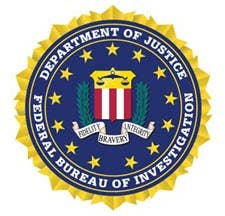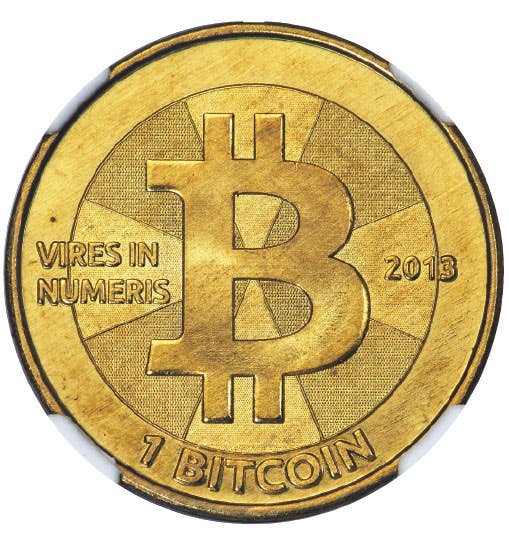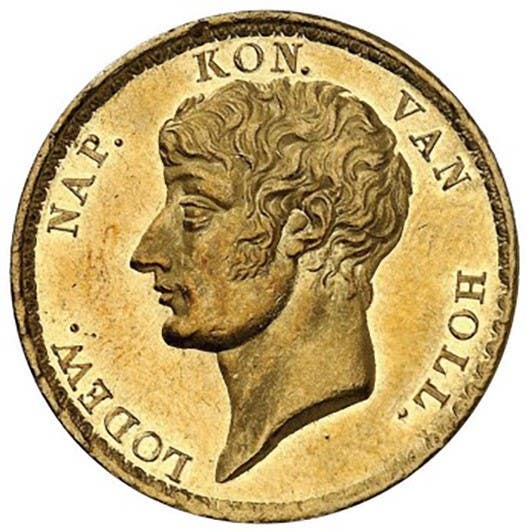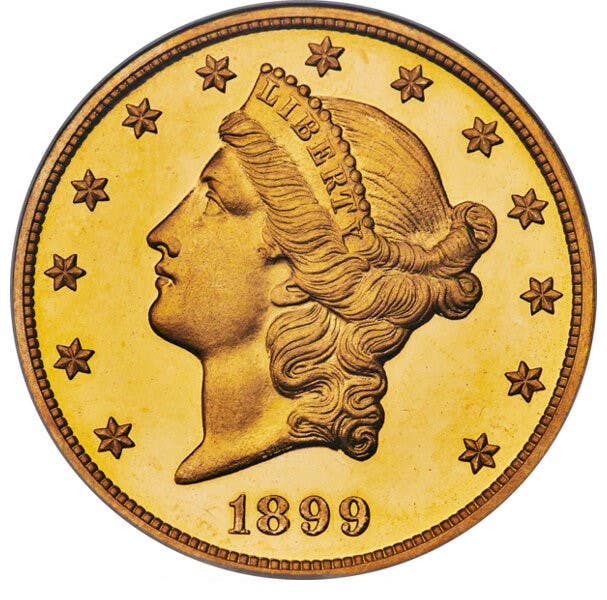Don’t turn off incoming new coin collectors
There is a movie called “When Harry Met Sally.” If they make a movie about current numismatics, they could title it “Old Hobby Meets New Hobby.” This interaction is going…
There is a movie called “When Harry Met Sally.”
If they make a movie about current numismatics, they could title it “Old Hobby Meets New Hobby.”
This interaction is going to determine how coin collecting evolves over the next generation.
For the generation that began coin collecting in the 1950s or 1960s, you looked at all your cents, bought a Whitman album for a quarter or 35 cents, and began filling holes.
At some point, you discovered that there was such a thing as the Red Book to tell you what the coins were worth.
On you went to the hobby magazine sand newspapers.
It was a conveyor belt of sorts.
Nowadays, noncollectors make a beeline for the Internet.
I have to assume many begin by noticing something in their change, just as my generation did all those years ago.
However, I have an email inquiry where I cannot infer how the sender began in the hobby.
He writes:
“Saw your article in Numismatic News and decided to check my sets and I checked the three I have. The pennies don’t have a mintmark but are in a soft case and not a hard case. Are these a different variety than your article? Thank you for your time and have a great day.”
My first assumption is what he saw is posted on the numismaticnews.net website and not in the old-fashioned newspaper.
The identifcation line of the email says, “1999 Proof Set No ‘S’”
You probably have already surmised that what he has are uncirculated coin sets, often called mint sets by veteran collectors.
He included three images (which appear at upper right) in his email, which show a corner of the Philadelphia packet with a 1990 cent in it.
From his wording, he has multiple sets.
Did he inherit them?
Did he buy them?
If he bought them, he obviously does not know what he is buying.
He has not yet picked up the difference between proof and mint sets.
I expect the 1999 in the I.D. line was just a typo for 1990, which is the year that saw a very few proof cents made without the “S” mintmark and packaged in the proof set from that year.
There are not many of these. They are worth $4,000-$5,000 each.
This price provides a compelling motivation to send an email to me.
My answer will be, in short, that all proof cents from 1990 are supposed to have the “S” mintmark on them. A missing mintmark is an error. That's what makes it valuable.
All Philadelphia cents in a 1990 mint set have no mintmark. This was the normal output. Lack of a mintmark is not an error.
No matter how I write back to explain this, my email will contain the bad news that he simply has an ordinary mint set worth $5 if he has all the pieces, envelope, etc.
That’s a comedown. How can it not be?
More than 50 years ago, when I discovered that my pre-1940 cents were not worth $100 apiece like a comic book ad at first led me to believe, I was disappointed.
But I was 8. Learning that something is different than what I might have thought goes with the territory when you are a kid.
How does an adult take the bad news?
The last thing I want to do is seem like a stodgy old coin collector disrespecting a newcomer.
Am I hypersensitive to this possibility?
Probably.
After all, the future of coin collecting is in the hands of the email writer and not in the hands of my generation
Buzz blogger Dave Harper won the Numismatic Literary Guild Award for Best Blog for the third time in 2017. He is editor of the weekly newspaper "Numismatic News."
- Like this blog? Read more by subscribing to Numismatic News.
.









